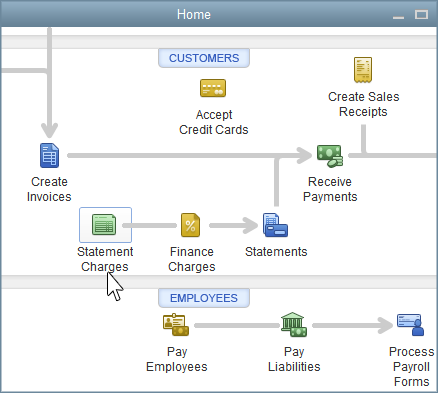

You'll also learn how to create class items to further categorize transactions. In this lesson, you'll explore how to add and edit multiple list items. Finally, you'll learn how to use the Condense and Verify features in QuickBooks to streamline your file and check to see if it's corrupted.

You'll also learn how to create new users and limit these users to only the areas in which they work. In this lesson, you'll learn how to set a closing date in your file so that no one can enter a transaction in the wrong period. Taking steps to secure your company files is one of the easiest and most effective ways to make sure your file doesn't get mishandled or corrupted in some way. Once you have a new file created, you'll learn how to move your file from one computer to another and send your file to your accountant. You'll even learn how to export and import list information from other files into a brand new file. In this lesson, you'll explore some great features that will allow you to easily work with not just one, but multiple company files. One of the more challenging aspects of QuickBooks is learning how to manage company files. The course concludes with a discussion of how to track loans and how to use the budgeting feature to better plan and control your business. You'll even learn how to deal with those difficult situations, where you may pay for a business transaction using personal cash.

Lastly, you'll learn how to enter common transactions that occur between the owner and the business including when the owner takes money out of the business or invests new capital. You will learn how to write-off these past due balances when it appears that the customer is not going to pay. This course also covers many other common topics that small business owners encounter including how to create customer statements and assess finance charges on overdue balances. You'll even learn how to enter and track mileage that you incur on any vehicles that you use in your business. If your business handles inventory, you'll learn how to enter price levels and track discounts and credits. You'll learn how to manage multiple company files and how to export and import list data from one file to the next. Whether you are a small business owner, bookkeeper or accountant needing a QuickBooks refresher, after taking this course, you'll feel more confident and secure in accounting for your business.

It is designed for those QuickBooks users that already feel that they have a good grasp on the basics, or those that have successfully completed the Introduction to QuickBooks course. In this course, you'll learn how to utilize many of the more in-depth features and applications. Even many experienced QuickBooks users often struggle when applying certain business situations to QuickBooks. Learning how to use QuickBooks to its full potential, goes far beyond learning the basic features of the program.


 0 kommentar(er)
0 kommentar(er)
